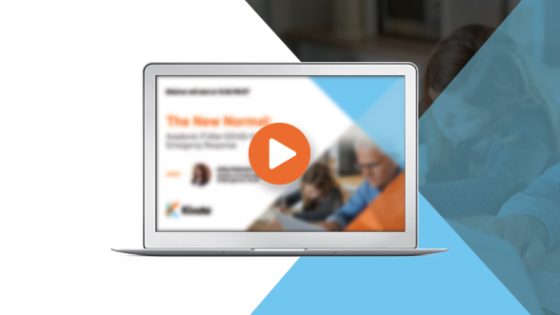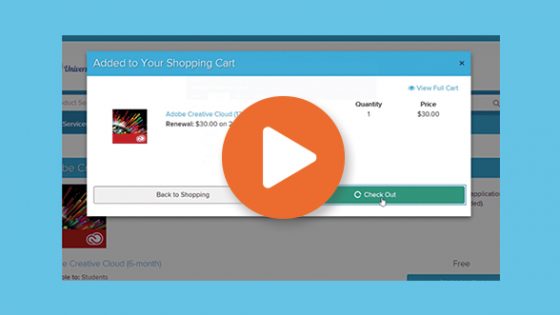Our last blog post looked at the many ways in which COVID-19 is costing schools money. Between additional technology costs to support remote education and revenue losses due to lower enrollment, academic institutions have taken a hard financial hit from the pandemic.
In this follow-up, let’s look more on the bright side. Yes, COVID-19 has created serious, far-reaching financial challenges for academic institutions. But there are few industries more practiced at operating under tight budget constraints than education. And though academic IT teams are being asked to do more with less to a greater extent than ever, there are steps they can take to soften the blow – and perhaps even use this as an opportunity to optimize.
Here are a few ways in which school IT teams can control and optimize costs in the wake of COVID-19, both immediately and in long term.
Recover Licensing Costs
One way in which IT teams can help lessen the financial impact of COVID-19 on their institutions is to implement a means of recovering software licensing costs.
Modern education requires the use a wide array of software. Licensing these resources for an institution as large as a college or university can be extremely expensive. But schools can defray these costs by charging students and educators for access to resources in a point-of-sale fashion. Pricing can be tailored to recoup some or all of an institution’s licensing expenses, or even to generate revenue. The Software Licensing Team at one major US university was able to attain complete cost neutrality, recouping 100% of their institution’s licensing spend by leveraging Kivuto Cloud’s cost-recovery functionality.
When the pandemic first started closing down campuses, many software vendors stepped up to help by making their tools temporarily free to academic institutions. Now, as industries move from reaction to recovery mode, many of these offers have expired or soon will. This means that schools will need new ways to lighten the financial burden of supporting these tools. Charging students and faculty for access is one option institutions can consider.
Invest in the Right Tech
COVID-19 has forced academic institutions to move education online. By necessity, this involves making curriculum software and other campus resources available remotely. Choosing the best technology to accomplish this is another way in which academic IT teams can optimize costs at their institutions.
Virtualizing curriculum software is one common way of allowing off-campus access. Unfortunately, this can be quite expensive, so some cash-strapped schools may want to explore other options. At first glance, developing a license-distribution solution in house may seem like a more economical approach. However, home-grown solutions can require significant IT resources to maintain over time. They can also create compliance and security risks – and a data breach could cost an institution far more than a DIY solution could ever save them.
Fortunately, there are alternatives to both approaches. Kivuto Cloud, for example, is a platform built specifically to help schools securely distribute and compliantly manage academic software in a BYOD environment. It requires minimal IT resources to manage, incorporates privacy and security by design, and is priced to be practical for schools of all sizes and budgets. For institutions that are leery about both the price of virtualization and the maintenance burden and security risks of a home-grown system, alternative solutions like this could be worth exploring.
Centralize to Optimize
One of the most effective and forward-thinking steps that academic IT can take to optimize costs is to centralize systems and processes at their institutions. This is particularly true of systems and processes involved in the management of software licenses and other digital resources.
The financial benefits to centralizing digital-resource management are threefold. First, centralization frees up IT resources by simplifying and streamlining the campus-wide management of licenses. This allows IT to accomplish more with fewer resources and smaller budgets. Centralization can also lead to increased resource adoption. Combined with a cost-recovery plan, this can help offset costs by encouraging purchases. Finally, a centralized licensing approach can provide clearer visibility into campus-wide demand for software. This insight enables institutions to consolidate departmental license purchases and secure the best possible bulk pricing from vendors.
If there’s any bright side to COVID-19’s financial impact on the education industry, it’s that schools can treat this as an opportunity to rethink long-held practices with the goal of optimizing costs in the long term. Replacing disparate departmental systems with a centralized solution for managing digital licenses would be a great starting point.
The New Normal
Find out how academic IT teams are navigating the challenges of the post-COVID era. Check out our webinar “The New Normal: Academic IT After COVID-19 Emergency Response.”














No Comments